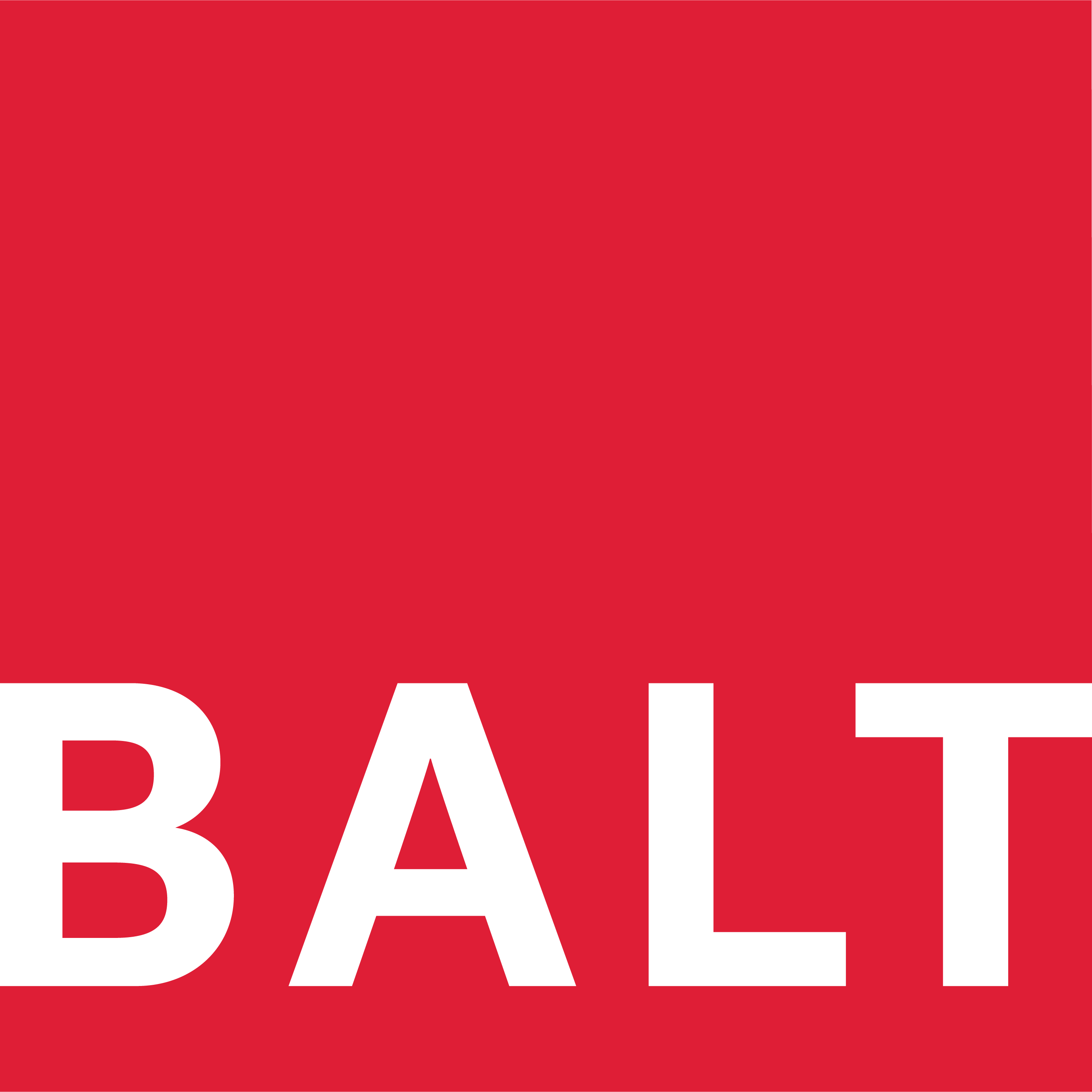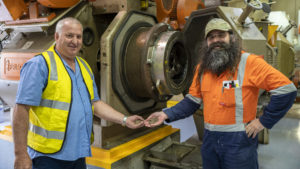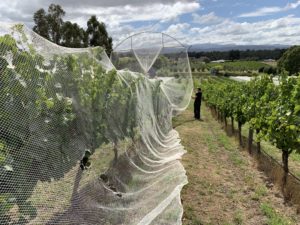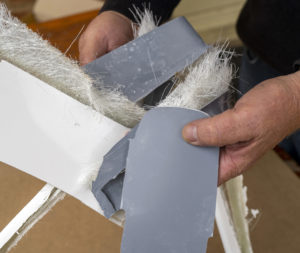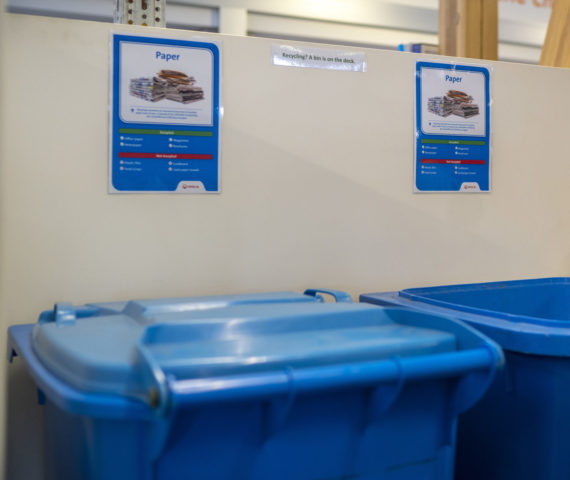
Recycling in a multi-tenanted building
pitt&sherry has a strong focus on sustainability. The Launceston office is a tenant of a five-star energy efficient building. However, the property does not provide recycling services. The building manager reports that attempts at recycling have resulted in high contamination levels causing additional costs in disposal.
The Project
Implementation of best-practice guidelines for waste management in shared tenancies, including:
- Recruitment of champions to collaborate and implement best practices.
- Targeted communication and engagement of stakeholders.
- Risk assessment and stakeholder consultation in establishing risk controls.
Objectives
- Reduce waste to landfill and demonstrate leadership in sustainable practices at
Cimitiere House.
Targets
- Reduce pitt&sherry’s waste to landfill by 50%.
- Achieve and maintain acceptable contamination levels.
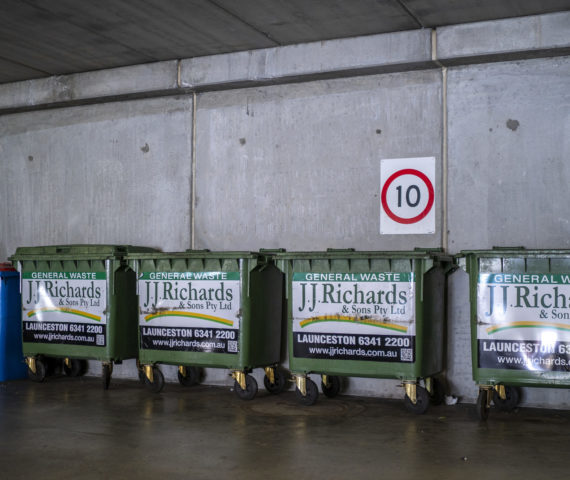
Skips are located in an area that is open to the public, which increases risks of contamination. High levels of contamination caused the building manager to withdraw recycling services.
Outcomes
What was implemented?
- Conducted an awareness campaign to recruit waste ‘champions’ in other tenancies.
- Presented a business case for introducing cardboard recycling for the building to the building manager, with a strategy for reducing contamination.
- Negotiated a group purchasing arrangement with a waste management provider for each tenant to manage their own co-mingled recycling.
- Re-introduced recycling of office paper in the Launceston pitt&sherry office.
Key issues
- Location of skips makes it difficult to control contamination, and collection can only occur during work hours.
- Getting the property manager on-board.
Performance against targets
- We are now diverting an average of 1400 litres of waste from landfill each month.
- We eliminated problems with contamination by putting responsibility back onto each tenant to manage their co-mingled recycling.
Lessons Learnt
- The different types of waste streams and how they are managed.
- The range of wastes that can be redirected.
- The significant variations in services and prices offered by different waste management providers.
- Cardboard is a commodity, there is a cost incentive to keep it out of landfill.
- I learnt about the action learning process and how it was applied in the BREP program.
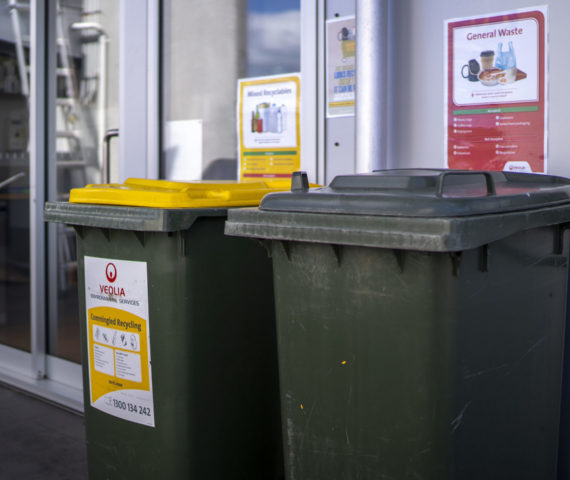
Each tenancy manages its own co-mingled recycling, with a group discount negotiated by pitt&sherry on behalf of the building.

Adam Sutton
Project Manager
